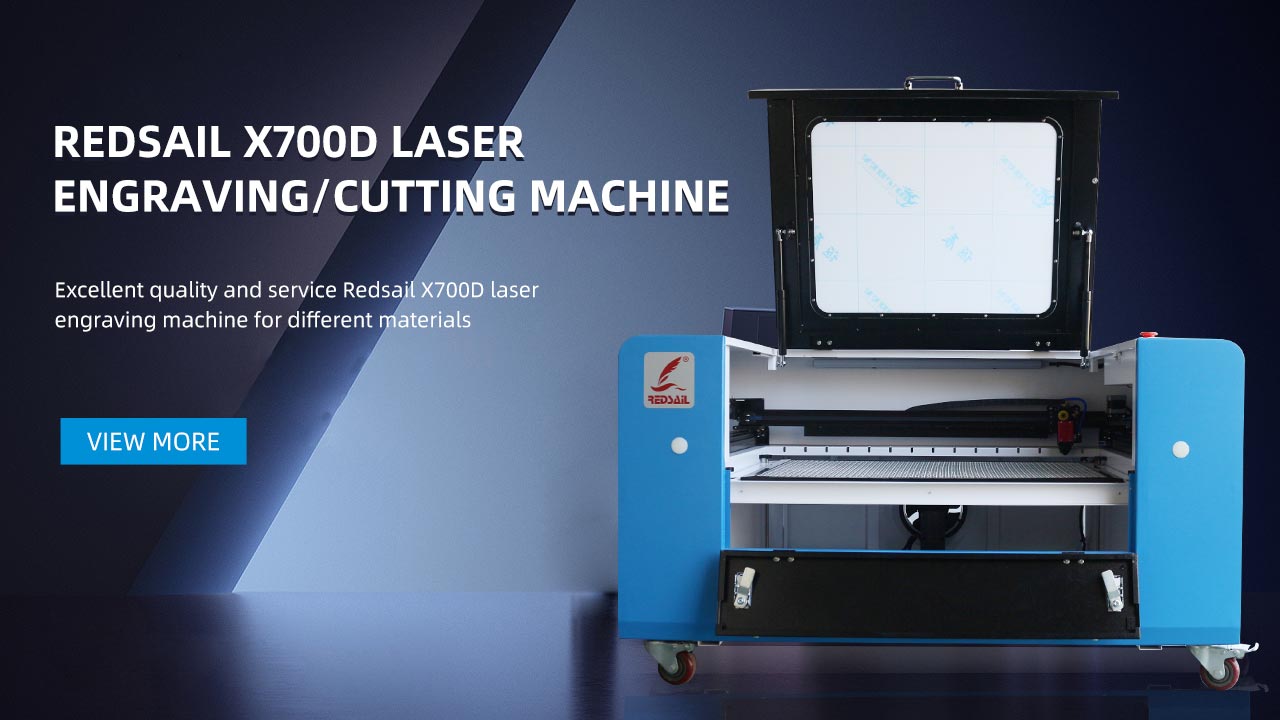Is Laser Cutter Plywood the Future of Woodworking?
The world of woodworking has seen several advancements over the years, with traditional techniques being replaced by innovative methods that embrace technology. One such advancement that has gained significant popularity is the use of laser cutters on plywood. This article aims to explore whether laser cutter plywood is indeed the future of woodworking.
What is Laser Cutter Plywood?
Laser cutter plywood refers to plywood sheets that have been precisely cut using laser-guided technology. Laser cutters are highly advanced machines that use concentrated beams of light to cut through various materials, including wood. When used on plywood, laser cutters can create intricate designs, precise cuts, and complex shapes that would be challenging to achieve through traditional woodworking methods.
Advantages of Laser Cutter Plywood
1) Precision: One of the most significant advantages of laser cutter plywood is its ability to deliver precise cuts. Laser cutters can follow intricate designs with high levels of precision, resulting in clean-cut edges and shapes. This level of accuracy can greatly enhance the quality of woodworking projects.
2) Efficiency: Laser cutters are incredibly efficient machines that can execute intricate cuts and designs in a fraction of the time it would take using traditional woodworking tools. This saves both time and effort, allowing woodworkers to focus on other aspects of their projects.
3) Versatility: Laser cutters offer unparalleled versatility. These machines can cut through various thicknesses of plywood, allowing woodworkers to create projects with different dimensions. Additionally, laser cutters can engrave, etch, and create complex patterns on the plywood surface, providing endless possibilities for customization.
4) Automation: Laser cutters can be programmed to execute specific designs repeatedly, reducing the chances of human error. This automation aspect ensures consistent results and eliminates the need for time-consuming manual adjustments.
Challenges and Limitations
Despite the numerous advantages of laser cutter plywood, there are a few challenges and limitations to consider:
1) Cost: Purchasing a laser cutter can be a significant investment for woodworking businesses and enthusiasts. Additionally, maintenance costs and power consumption should also be taken into account. However, as technology advances, the cost of laser cutters is expected to decrease.
2) Safety Measures: Due to the use of high-power lasers, safety precautions are crucial when operating laser cutters. Protective eyewear and proper ventilation are essential to ensure the safety of individuals working with the machine.
3) Material Limitations: While laser cutters work exceptionally well with plywood, they may face difficulties with other materials. Some types of wood, such as those with high resin content or reflective surfaces, might not be suitable for laser cutting. It is important to consider the material’s compatibility before using a laser cutter.
Is Laser Cutter Plywood the Future?
Given the advantages and potential applications of laser cutter plywood, it is likely to play a significant role in the future of woodworking. The precision, efficiency, and versatility of laser cutters make them highly desirable tools for both professional woodworkers and hobbyists.
Laser cutter plywood opens up possibilities for intricate designs and complex projects. From precisely cut furniture pieces to decorative items with engraved patterns, the range of woodworking projects that can be achieved with laser cutter plywood is vast.
Furthermore, as technology continues to advance, laser cutters are expected to become more accessible and affordable. This would eliminate the major barrier of cost, making laser cutter plywood a viable option for a larger audience.
However, it’s important to note that traditional woodworking techniques and tools will always have their place in the woodworking community. Many woodworkers cherish the craftsmanship and satisfaction that comes from using traditional methods. Laser cutter plywood should be seen as a complementary tool rather than a complete replacement.
Frequently Asked Questions (FAQs)
Q1: Can laser cutter plywood be used for complex designs?
A1: Yes, laser cutter plywood is perfect for creating intricate and complex designs. The precision of laser cutting allows for detailed patterns and shapes to be easily achieved.
Q2: Is laser cutter plywood only suitable for professional woodworkers?
A2: No, laser cutter plywood can be used by both professionals and hobbyists. While it might require initial learning, the efficiency and versatility of laser cutting make it accessible to woodworking enthusiasts of all levels.
Q3: Are there any environmental concerns associated with laser cutter plywood?
A3: Laser cutters use focused light beams, which produce minimal sawdust or waste. This makes them relatively environmentally friendly compared to traditional woodworking tools that generate more debris.
Q4: Can laser cutter plywood be used on other materials apart from wood?
A4: Yes, laser cutters can be used to cut a wide range of materials, including acrylic, fabric, leather, and certain metals. However, the settings and capabilities of the laser cutter may vary depending on the material being cut.
In conclusion, laser cutter plywood has the potential to revolutionize the woodworking industry. With its precision, efficiency, and versatility, it offers a new dimension to woodworking projects. However, it should be seen as a complementary tool to traditional woodworking techniques, as they both have their place in the woodworking community.





